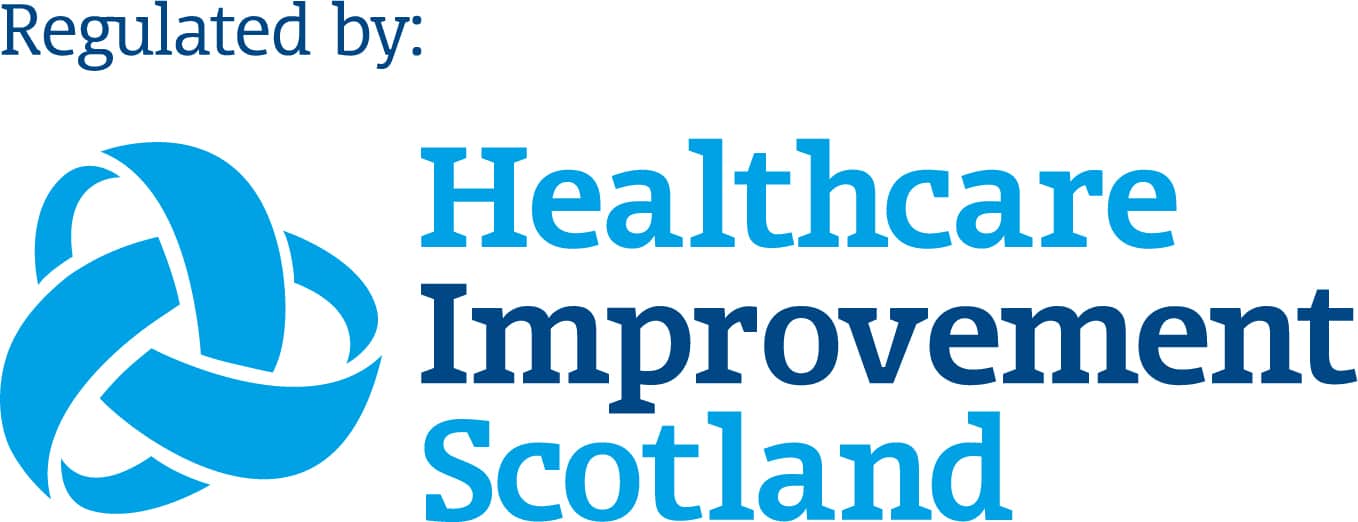It is now becoming apparent how important our gut bacteria (or our microbiome) is in shaping our current and future health – no more so than that of our children.
Studies show that the marker of a healthy gut bacterial population is diversity – the more types of healthy bacteria that live in our gut, the better equipped our immune system is in its ability to defend against harmful bacteria – as well as ensuring that our immune system does not mistakenly identify substances as a threat. Lower gut microbiome diversity has been shown to increase the risk of developing allergies, autoimmune diseases, or even increase your risk of obesity.
The Hygiene Hypothesis
There have been numerous studies showing that children with greater microbial exposure in early life, through farming environments, pets, older brothers and sisters, and time at nurseries have a lower risk of developing asthma and skin problems.
It is also thought that natural exposure to the mother’s microbiota through vaginal delivery and breastfeeding also has been associated with a lower incidence of allergies when compared with caesarean deliveries.
The mechanism of this is thought to be that greater exposure to bacteria results in an enriched diversity of the gut microbiome, which helps regulate the immune system.
Conversely, there are many studies investigating infant and childrens’ microbiomes in the first year of life reporting that low bacterial diversity results in an increased risk of dermatitis, eczema and asthma at an older age. This is the basis of the “hygiene hypothesis” where it is becoming more widely accepted that by trying to ensure that we live in a clean and sterile environment, we are actually failing to stimulate and train our immune system.
Research seems to point to the important window period of exposure is the first year of life – with some studies even suggesting that the first 100 days after birth is pivotal in determining our gut diversity.
How can I try and improve my family’s gut diversity?
It is never too late to consider trying to improve the microbial diversity of yourself and your family. There are several ways this can be done.
Food diversity
One way to achieve increased diversity is to ensure that you and your family eat a wide range of fresh foods including fruit, vegetable, legumes and beans. Eating a diet high in fibre also helps provide food for our bacteria – which in turn provide our colonic cells with fuel to function efficiently.
Avoid a high fat diet
Studies have shown that consuming a higher fat diet can decrease the gut diversity and increase one’s risk of chronic disease later on in life. Researchers compared gut diversity in 3 groups of people with varying amounts of fat in their diet. Results showed that those in the lowest fat-containing diet group had significantly increased gut diversity – whilst the high fat group had an increased number of pro-inflammatory bacteria – considered detrimental to our gut health.
Consider fermented dairy products (eg yogurt)
As far back as the early 1900’s, a scientist called Elie Metchnikoff observed that Bulgarians who ate large amounts of fermented-milk products had a relatively long life expectancy. This, and other studies have formed the basis of probiotics – foodstuffs that contain live bacteria such as lactobacilli. There is mixed evidence supporting the use of probiotics – certainly it is thought that to confer any type of benefit, probiotics must be taken on a regular basis. This is due to the fact that it the gut microbiome can be relatively resistant to change and it can be difficult for these bacteria to permanently colonize the microbiome.
Avoid unnecessary antibiotics
Evidence shows that use of antibiotics within the early years of life may have a significant effect on reducing the gut diversity. Moreover, it is possible that the widespread use of antibiotics in the agricultural industry may mean that we unwittingly consume low doses of antibiotics within the meat that we eat.
Whilst antibiotics can play a crucial role in fighting against serious and life-threatening infections, it is important to remember that the majority of bacteria and viruses we meet on a daily basis are successfully fought off by our own immune systems. If antibiotics are clinically indicated for a bacterial infection (antibiotics are ineffective against viral infections), then it may be worth considering the role of probiotics at this time in order to restore the gut microbiome’s diversity once the antibiotic course has finished.
Mud Kitchens And A Man’s Best Friend
As mentioned earlier, children with exposure to farm environments and pets are shown to have an increased gut microbiome and diversity. Whilst not everyone has easy access to a farm, an alternative option is to allow your children to experience regular playtimes outside that involve messing about with soil and mud, for example mud kitchens and making mud pies. Not only does this expose your children to an extremely diverse microbial ecosystem, it can stimulate the imagination and help develop learning.
Similarly, there have been several studies examining the gut diversity in households with and without pets. Children living in households that harbour a dog have been shown to have a lower risk of developing allergies and autoimmune diseases. One of the mechanisms behind this may be that the presence of a pet increases the microbial diversity in the indoor environment by introducing countless bacteria that family members subsequently breathe in and swallow. Some of these bacteria will ultimately end up becoming part of the gut microbiome – the younger the child, the more likely this is to occur.
If you wish to discuss any aspect of this article then please get in touch!


